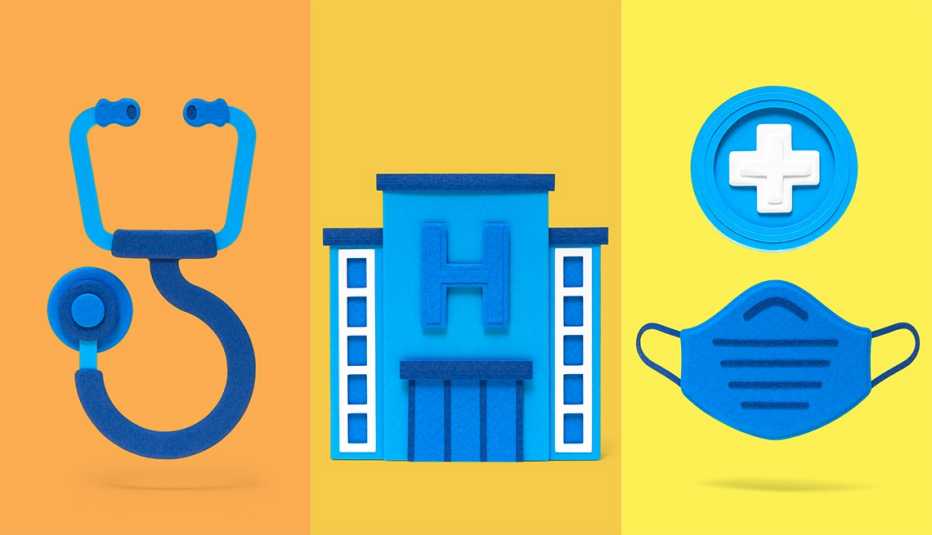Staying Fit


With soaring prices, supply shortages and growing wait lists for most goods and services — not to mention a virus that continues to disrupt the workforce — it’s tough to be a consumer right now, including a health care consumer.


AARP Membership— $12 for your first year when you sign up for Automatic Renewal
Get instant access to members-only products and hundreds of discounts, a free second membership, and a subscription to AARP the Magazine.
Back in September, the AARP Bulletin published a package of stories called “Beat the System” that detailed how to get the best possible customer service. Readers told us they found the advice collection hugely helpful. So in that spirit, we’re back with a new edition of “Beat the System,” this time focusing on how to find the health experts and health services you need in these challenging times.
Our team of reporters interviewed dozens of insiders about how to separate the best from the rest, and their advice follows. But the experts also noted that certain approaches are timeless and universal — meaning they still apply right now. So to start, here are the universal rules for finding the best in health care (and anything, really), 2022 style.
Rule 1: Take appropriate time
Yes, when competition is hot, you want to be flexible and move quickly when quality products or services come available. Even so, “big decisions shouldn’t be fast decisions,” says Terrance Odean, a professor at the University of California, Berkeley’s Haas School of Business and an expert in behavioral finance. Do the due diligence required and take the time to verify you are getting a real deal. And absolutely “no decisions at 3 a.m.,” he says.
Rule 2: Research is free
Take advantage of the vast amount of free information available on the internet, social media and beyond to investigate the experts or services you are interested in. Start with price and reputation, of course, then get into the weeds, like efficiency ratings, certifications and areas of expertise. But put little stock in user ratings. Online reviews are increasingly bought, and there’s no way to verify their authenticity. If you wish to scan, look for specific anecdotes and a personal writing style that a paid reviewer (or computer program) couldn’t generate.
Rule 3: Set priorities
Great decision-making lies in the art of filtering. That requires knowing what features or skills are most important to you; use that to pare down your choices, says Katy Milkman, author of How to Change: The Science of Getting From Where You Are to Where You Want to Be.
Rule 4: Pretend you’re making a mistake
Many of us are overconfident about how a choice will turn out, Milkman says. For a reality check, she suggests envisioning what could go wrong with your choice. Better to think about this now rather than later in order to help you prepare for — and possibly prevent — things that could go awry.

































































More on health
How to Find the Best Experts for Home Upkeep
Beat the expensive post-pandemic system with tips to find real estate agents, remodelers and moreDo You Want Better Customer Service?
3-steps to get what you want, including refunds
Researching Doctors Online? Here's How To Do it Right
Website ratings and reviews matter to older adults, research shows